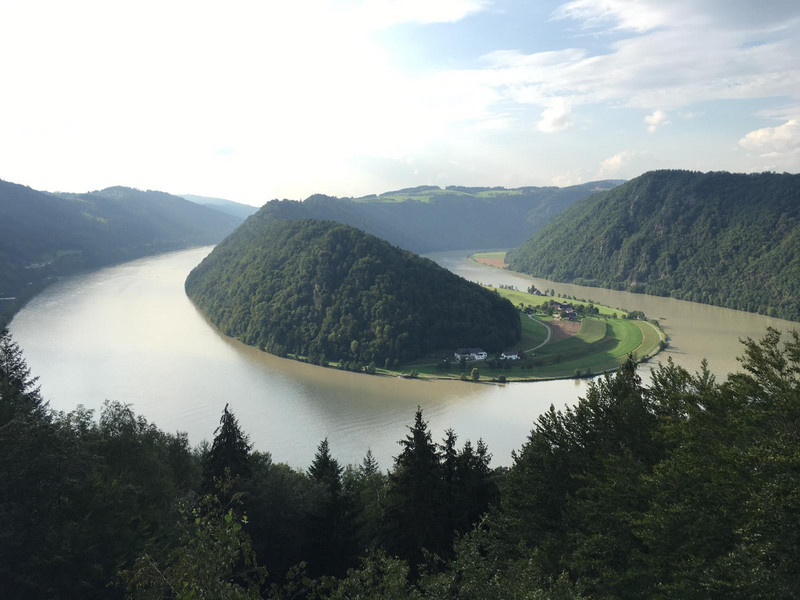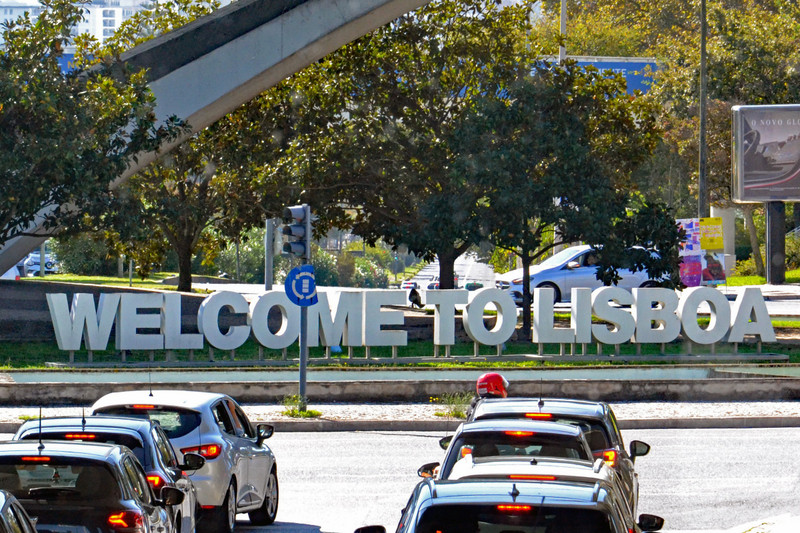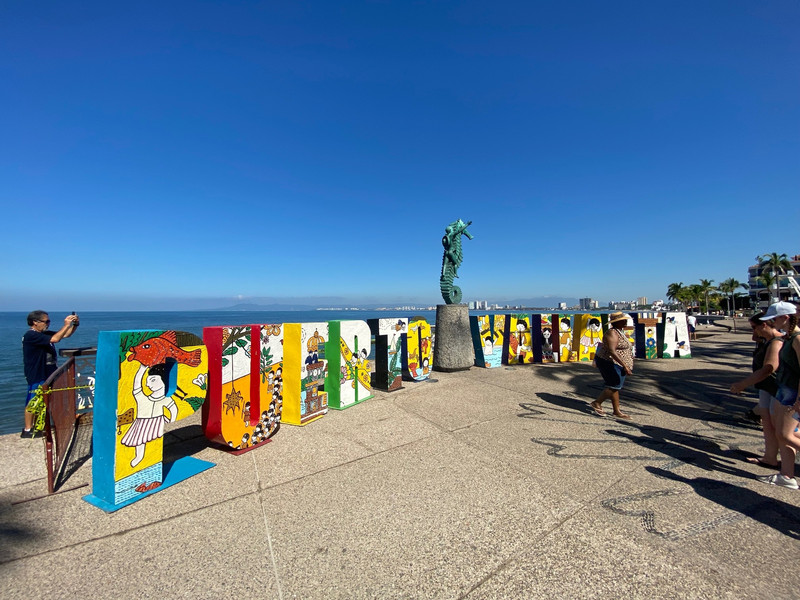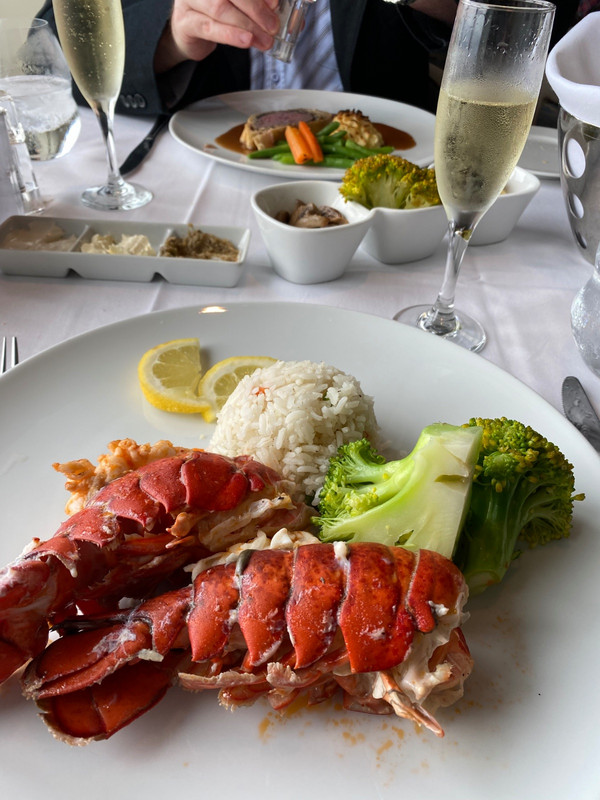After having packed our little VW Golf to the max, we drove from Wil through parts of Austria and Slovenia to Hrvatska (Croatia). We were planning to stay at least 4 to 5 weeks in Croatia, establishing our Mediterranean base camp in Vodice, a town near Sibenik, in Central Dalmatia, courtesy of Ana and Tomislav and her families. More of that later......
But first we wanted to see some places in Austria and Slovenia and catch up with friends there. Austria is full of history and natural beauty, so we had to choose. We picked the topic Danube River, Salzburg and Salzkammergut, the lovely countryside South of Salzburg, famous for its mountains, lakes and small authentic villages.
The Danube or Donau (in German) is Europes second largest river (after the Volga) measuring 2850km in length. Its source can be found in the Black Forrest in Germany and its river mouth is in Romania, when the mighty river flows into the Black Sea. It passes through 10 countries, and cities like Vienna, Budapest and Belgrade have been build on its shores. 32 main tributaries flow into the Danube along its way, making it a major waterway for shipping and transportation.
The Danube was an important border for the Roman Empire protecting it from the nomadic tribes from the Eastern plains. If you want to understand the cultural significance of the Danube go to Vienna and listen to the music of the Strauss (father and sons) composers.
We followed the Danube from Passau to Krems, not on the many wine ships, but boringly in our car. The landscape transforms from rugged hills and a winding Danube to a slow flowing mighty and wide Danube surrounded by vineyards on both sides of it shores. The area of Krems is indeed the most famous white wine producing area of Austria, As Nenad needed to drive he appreciated the Habsburg invention of white wine spritzer, or Gemischter as they call this drink also; of white wine and sparkling water, as most of you already have experienced, I am sure. Especially impressive we found the area of the Schloegener Schlinge, where the Danube makes sharp turns around steep mountains, creating a unique sight. Later travelling down stream the river from the Schloegener Schlinge one reaches the area called Wachau, and Krems its main city. The Wachau is one of Austrias most established
and notable wine regions, specializing in dry wines made from Riesling and Grner Veltliner. Despite its fame however the wine region accounts for only 5% of the Austrian wine production. After a brief visit of the Waldviertel, a wast forest and hiking area at the Czech Austrian border, we following the Danube towards Linz passing through Mauthausen, a town which became famous for all the wrong reason. In March 1938 after the annexation (Anschluss) of Austria by the Hitlers regime, a concentration camp was built outside this town. It is estimated that app 300000 Jews and enemies of the NSDAP (Hitlers party) and German NAZI regime were killed on this site. Our visit was brief, sad and we left with the unanswered question why all this needed to happen.
The city of Salzburg is the fourth largest city in Austria home to 150000 inhabitants. The city is divided by the Salzach River, with medieval and baroque buildings of the pedestrian Altstadt (Old City) on its left bank, facing the Neustadt (New City) on its right. The Altstadt is the birthplace of Mozart. Nenad does not like much Salzburg, as it tries so desperately to copy Vienna,
never however reaches Viennas multiculturalism, cultural diversity or even classical music appeal. Mozart has worked and famous in Vienna, dont forget that! Salzburgs historic center is renowned for its Baroque architecture and is one of the city centers north of the Alps, listed as a UNESCO World Heritage Site in 1996. As so many cities in this region also Salzburgs origins date back to the Romans, who named the city Juvavum.









